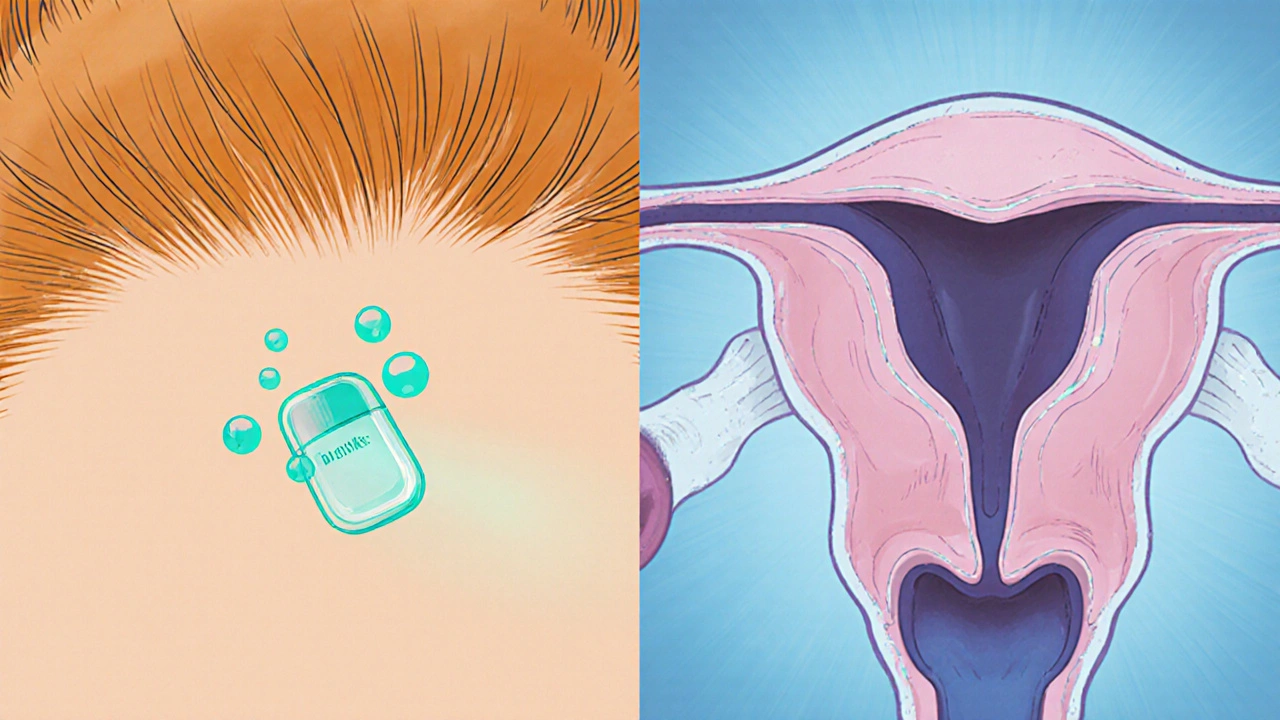Dutasteride: What It Is, How It Compares to Finasteride, and Alternatives
Dutasteride, a 5-alpha-reductase inhibitor used to treat benign prostatic hyperplasia (BPH) and male pattern hair loss. Also known as Avodart, it works by blocking two types of enzymes that turn testosterone into DHT—the main hormone behind prostate growth and hair thinning. Unlike Finasteride, which only blocks one type of enzyme, Dutasteride shuts down both, leading to a deeper drop in DHT levels. That’s why some men see faster or stronger results with Dutasteride, especially for hair loss or when Finasteride didn’t work well enough.
But it’s not just about potency. Finasteride, a widely used 5-alpha-reductase inhibitor for hair loss and BPH is often the first choice because it’s cheaper and has a longer safety track record. Yet, when side effects like sexual dysfunction or lack of progress happen, doctors sometimes switch patients to Dutasteride. Then there’s Minoxidil, a topical treatment that stimulates hair follicles directly, which many use alongside Dutasteride for a one-two punch. And for those wary of drugs, Saw Palmetto, a natural supplement sometimes used for prostate and hair health comes up in conversations—but don’t expect the same science-backed results.
What you’ll find here isn’t just another drug overview. These are real comparisons: how Dutasteride stacks up against Finasteride in real-world use, what side effects actually matter, how long it takes to see changes, and whether cheaper or natural options hold up. You’ll also see how other treatments like Spironolactone or laser therapy fit into the picture—especially if you’re trying to avoid pills altogether. No marketing fluff. Just clear, practical info from posts written for people who’ve done their homework and want to know what actually works.

Dutasteride vs Alternatives: Which Hair Loss or BPH Treatment Wins?
A detailed 2025 comparison of Dutasteride with Finasteride, Minoxidil, Spironolactone and other options, covering efficacy, side‑effects, cost and how to choose the right treatment.
